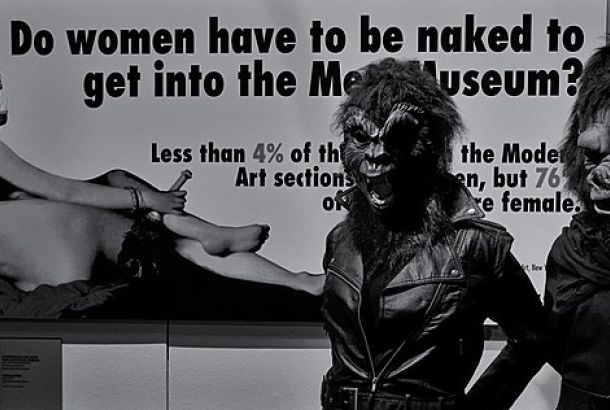Instagram: The pros and cons
In 2017 you would be hard-pressed to find someone who does not use, or at least is not aware of, Instagram.
The much-loved photo-sharing app was first launched in 2010 and later bought by Facebook in 2012. Since its inception, approximately 20 billion photos have been uploaded, with 90 per cent of users falling into an age bracket of under 35 years old.
With these figures in mind, it is clear that Instagram has an enormous presence in the social media sphere of young people, so unsurprisingly it has garnered endless amounts of praise and criticism alike in its seven year existence.
Some have argued that Instagram detracts from the artistry of photography as a craft, to some extent, suggesting that the idea that anyone can easily take and showcase their own photos contributes to mediocrity in the field and also reduces the impact of truly great photography.
Naturally, of course, this calls into question what actually constitutes ‘good’ photography, seeing as though the art form is so inherently subjective and relies heavily on knowledge of both the photographer intention and the viewer’s perception, as well as the technical aspects of successful photography which tend to be learned or acquired in the study of photography as a medium.
Whilst Instagram may promote the art photography as accessible for any young mobile phone user, why is this necessarily a bad thing? In the increasingly visual and technology-based culture we inhabit, the documentation and communication of one’s own life and interests through the most visual of mediums is something we ought to embrace, particularly if it allows users to develop their own creativity.
In addition, it is difficult to discuss Instagram without mentioning the concept of the ‘selfie’, which the app played an instrumental role in popularising.
Again, young people are criticised for the alleged vanity of celebrating one’s own appearance, but in a world where self-love and acceptance is largely discouraged and even shamed, surely Instagram’s propulsion of young people’s comfort in their own skin and exposure to a diverse range of people and body types, this is something that should be encouraged.
As one of the fastest growing social networks of the 2010s, Instagram ultimately has a positive effect on the art of photography, so long may it continue.







